
How to get URL link on X (Twitter) App



 Nefertari played a vital role in King Ramses II reign by reading and writing Hieroglyphs, sending letters and messages, and managing successful diplomatic negotiations. Ramses II showed his great love to Nefertari in several paintings, statues, and temple he built for her.
Nefertari played a vital role in King Ramses II reign by reading and writing Hieroglyphs, sending letters and messages, and managing successful diplomatic negotiations. Ramses II showed his great love to Nefertari in several paintings, statues, and temple he built for her. 
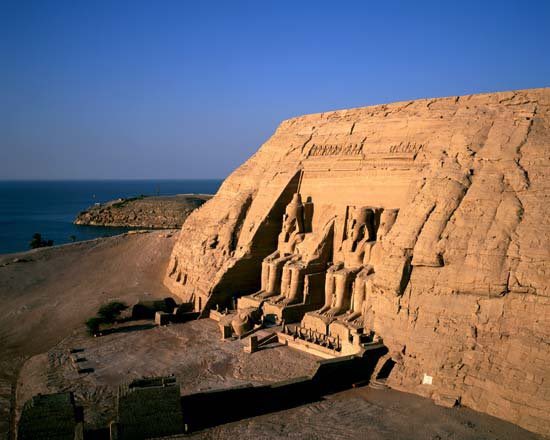

 While the primary considerations for partners were quality of lineage, integrity, and personal habits, many couples also looked for romantic love. Many ancient Egyptian tomb drawings depict affectionate gestures between man and wife, indicating the a value of romantic love.
While the primary considerations for partners were quality of lineage, integrity, and personal habits, many couples also looked for romantic love. Many ancient Egyptian tomb drawings depict affectionate gestures between man and wife, indicating the a value of romantic love. 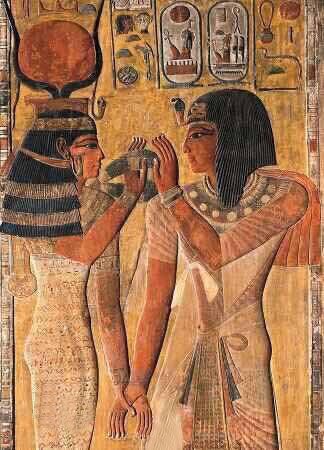
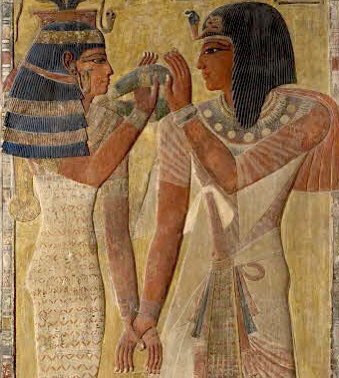

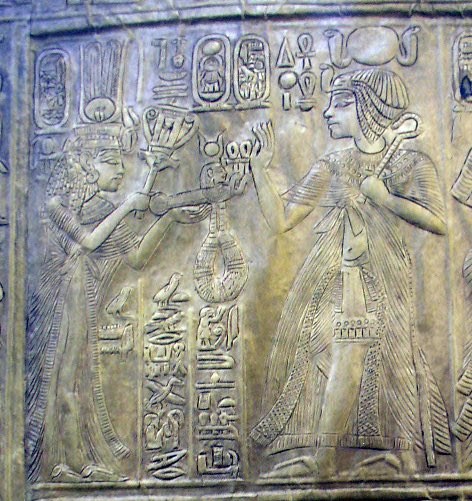 Slaves and lower class couldn’t have the same hairstyle as a free person or the upper class. Men usually wore their hair short, women wore their hair long or short and boys and girls had their hair shaved off with only a long lock of hair left on the side of the head.
Slaves and lower class couldn’t have the same hairstyle as a free person or the upper class. Men usually wore their hair short, women wore their hair long or short and boys and girls had their hair shaved off with only a long lock of hair left on the side of the head. 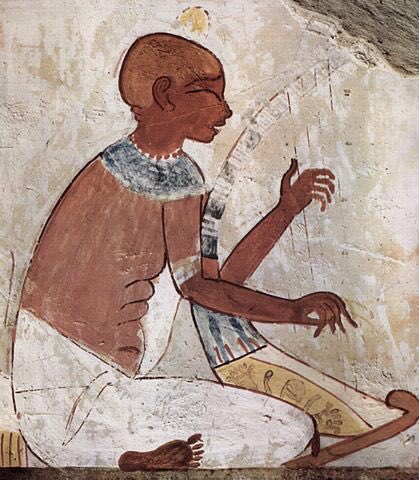


 For the ancient Egyptians, law was personified in the goddess Ma’at. She represented truth, righteousness, justice and maintained the correct balance and order of the universe. The king or pharaoh, as chief official of the judiciary, was a priest of Ma'at.
For the ancient Egyptians, law was personified in the goddess Ma’at. She represented truth, righteousness, justice and maintained the correct balance and order of the universe. The king or pharaoh, as chief official of the judiciary, was a priest of Ma'at. 

 To avoid the particles from clumping together, the powder was mixed with a binder, probably a plant gum from the Acacia tree family. Besides keeping the carbon particles suspended in the water solution, the gum binder helped to keep the ink adhered to the papyrus surface.
To avoid the particles from clumping together, the powder was mixed with a binder, probably a plant gum from the Acacia tree family. Besides keeping the carbon particles suspended in the water solution, the gum binder helped to keep the ink adhered to the papyrus surface. 



 According to the Papyrus of Ani (The Book of Coming Forth or Book of the Dead) everyone would be judged before Ma’at to determine whether they were good and able to move on to the afterlife. The feather was weighed against the heart while they stated the 42 Negative Confessions.
According to the Papyrus of Ani (The Book of Coming Forth or Book of the Dead) everyone would be judged before Ma’at to determine whether they were good and able to move on to the afterlife. The feather was weighed against the heart while they stated the 42 Negative Confessions. 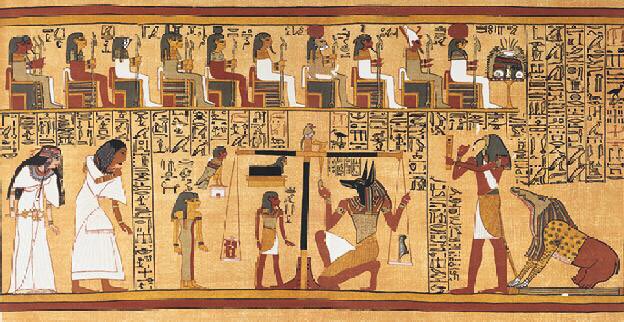
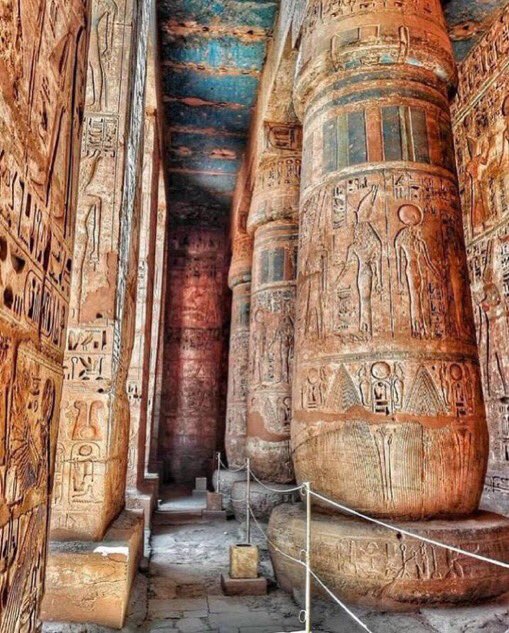

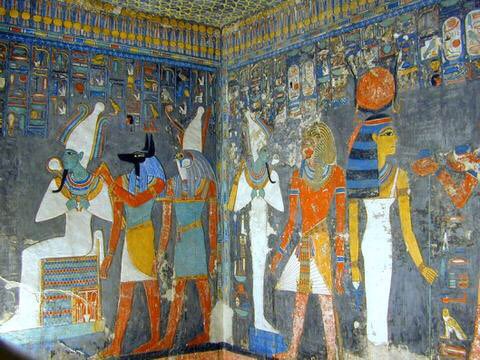 The Egyptian artist had 6 main colors in the palette: green, red, blue, yellow, white and black. They were usually obtained from mineral compounds, and prepared with a mixture of pigments acquired by grinding colored earth with the addition of water, rubber latex and egg’s white.
The Egyptian artist had 6 main colors in the palette: green, red, blue, yellow, white and black. They were usually obtained from mineral compounds, and prepared with a mixture of pigments acquired by grinding colored earth with the addition of water, rubber latex and egg’s white. 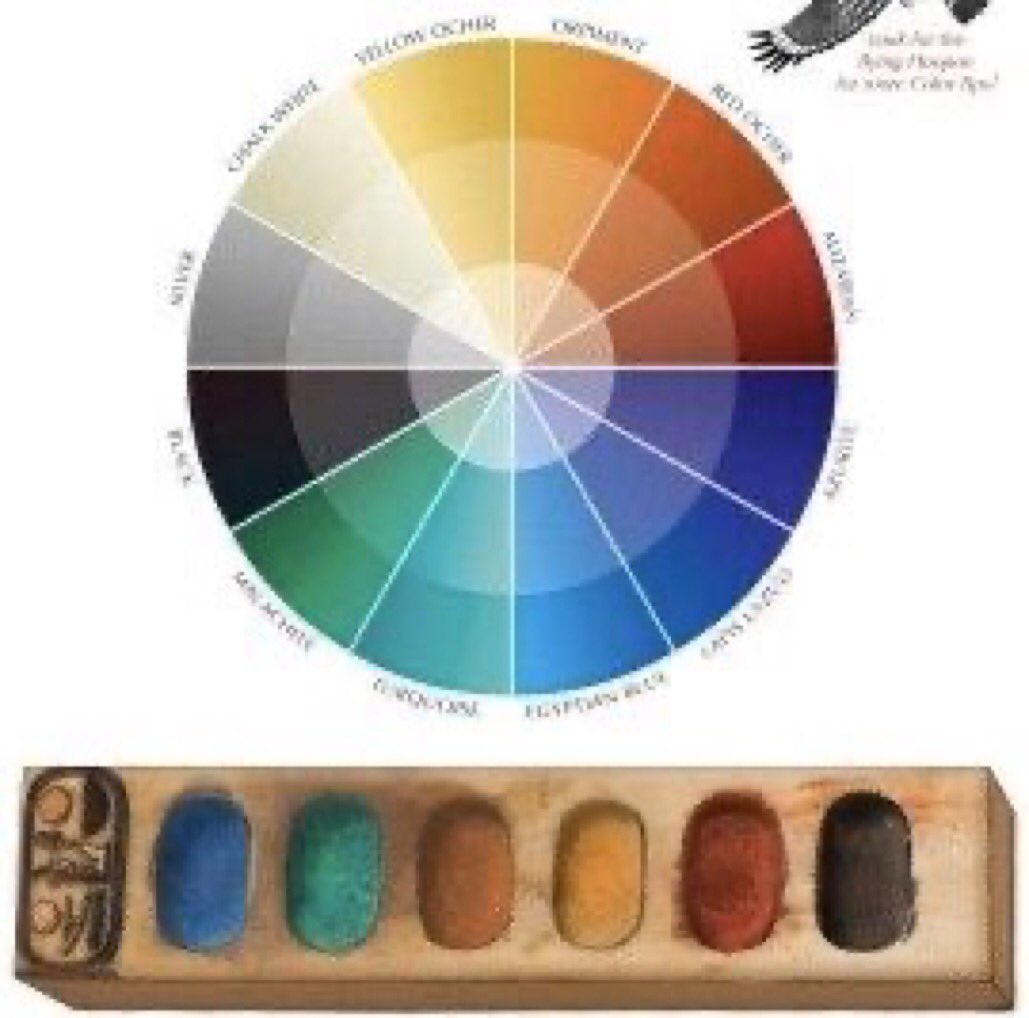
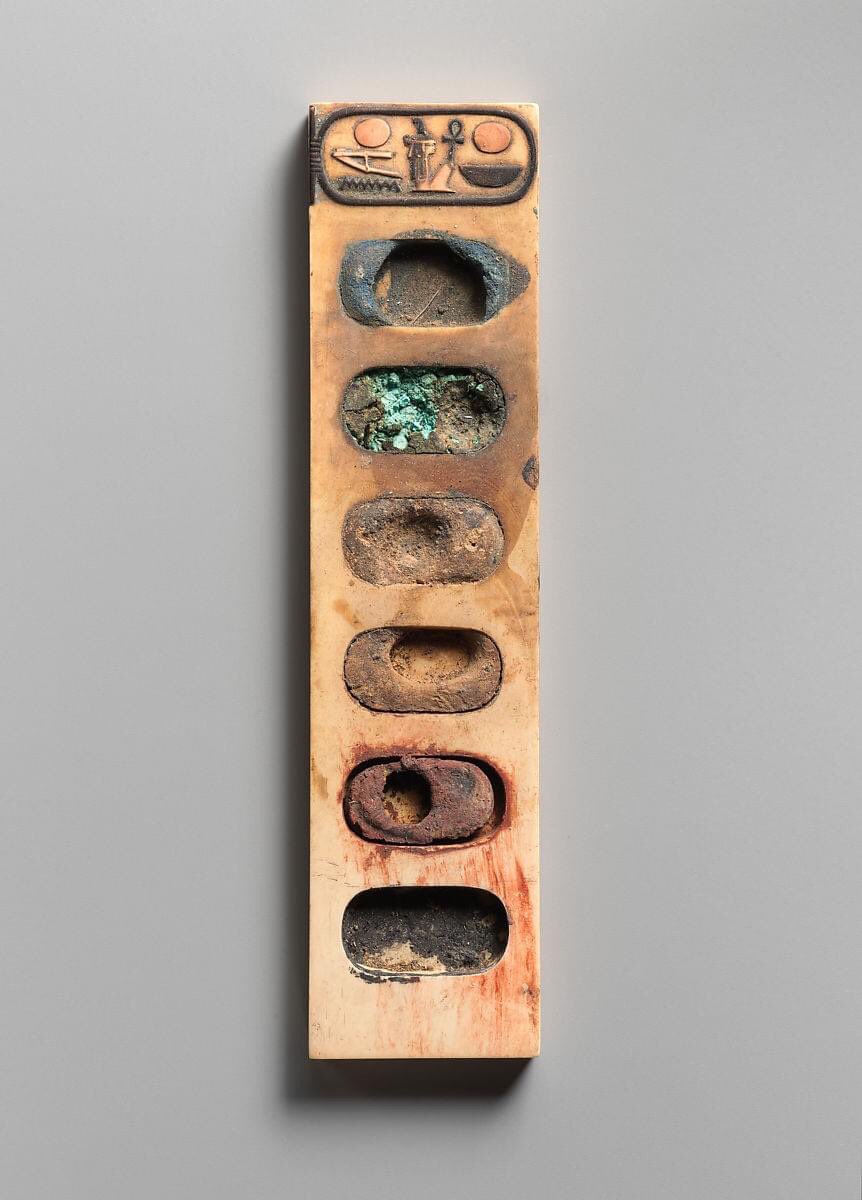

 J. Kinnaer posits there were two types of human sacrifice possibly practiced in early ancient Egypt: the killing of human beings as offerings to the gods regularly, or on special occasions and the retainer sacrifice, the killing of servants who were buried with their master.
J. Kinnaer posits there were two types of human sacrifice possibly practiced in early ancient Egypt: the killing of human beings as offerings to the gods regularly, or on special occasions and the retainer sacrifice, the killing of servants who were buried with their master. 
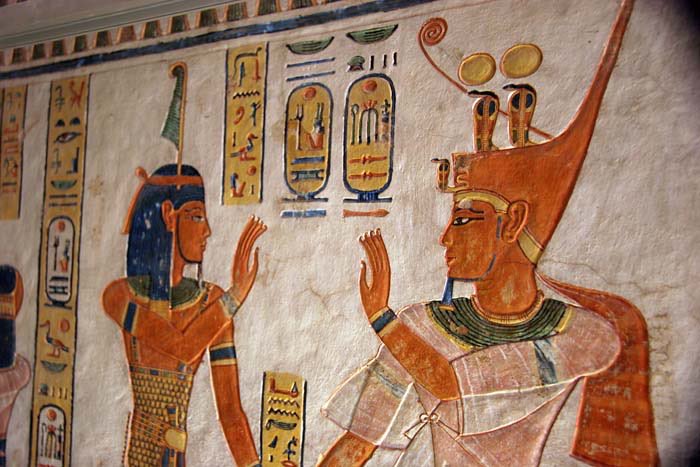

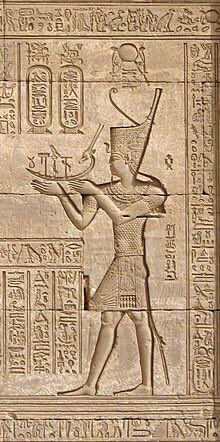 The Hedjet crown, White crown was associated with Upper Egypt and confirmed the rule of the king over southern Egypt.
The Hedjet crown, White crown was associated with Upper Egypt and confirmed the rule of the king over southern Egypt.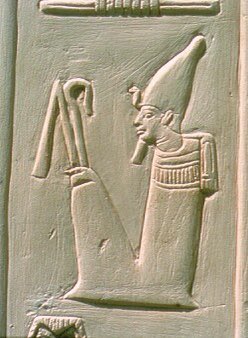
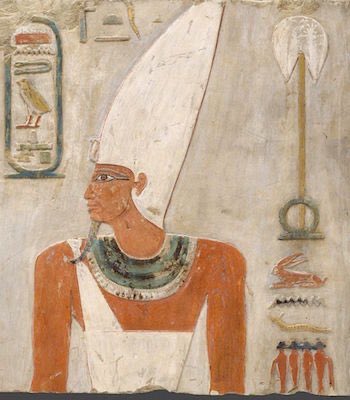


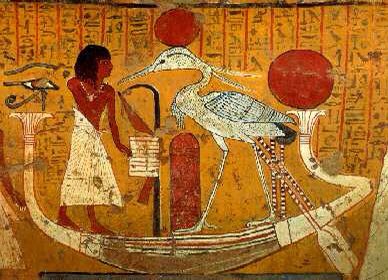 Egyptian mythology has many stories of the creation, one says the god Atum, brought the universe into being. In the beginning, there was nothing but darkness and chaos. It was out of the dark waters that the primordial hill, known as the Benben stone arose with Atum on top of it.
Egyptian mythology has many stories of the creation, one says the god Atum, brought the universe into being. In the beginning, there was nothing but darkness and chaos. It was out of the dark waters that the primordial hill, known as the Benben stone arose with Atum on top of it. 
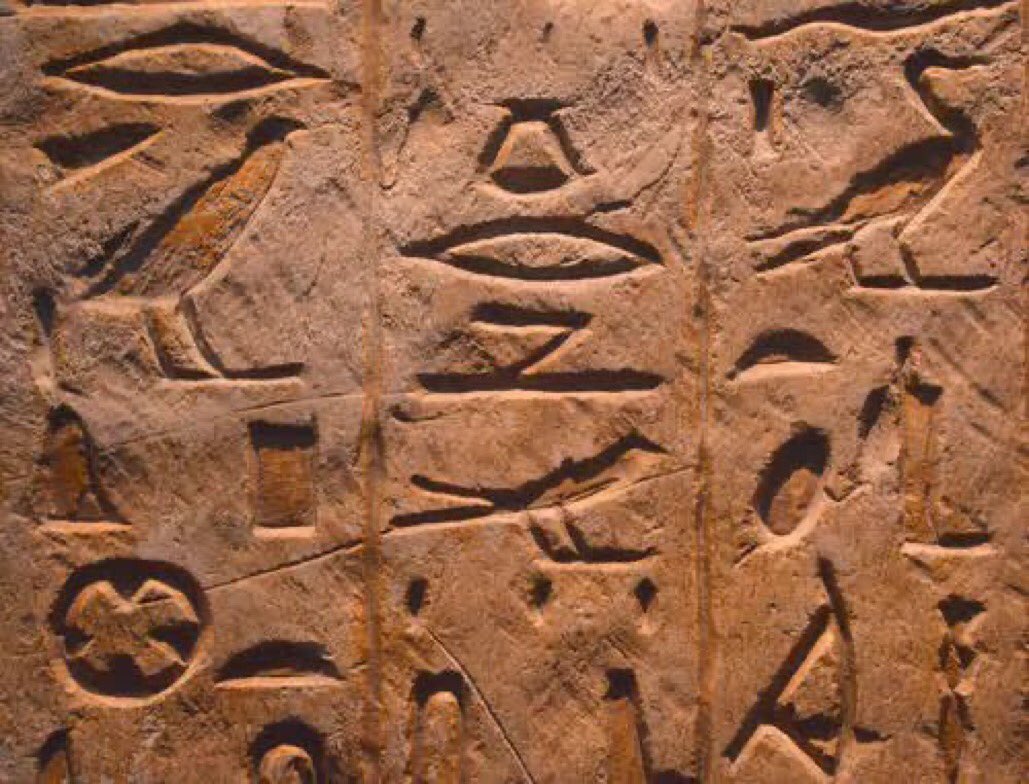
 The first extant evidence of Egyptian writing is found in Offering Lists, which are a list of the gifts due to a person when they died. Who had done great deeds, held a high position of authority, or led troops to victory was due greater offerings than who had done less in life.
The first extant evidence of Egyptian writing is found in Offering Lists, which are a list of the gifts due to a person when they died. Who had done great deeds, held a high position of authority, or led troops to victory was due greater offerings than who had done less in life. 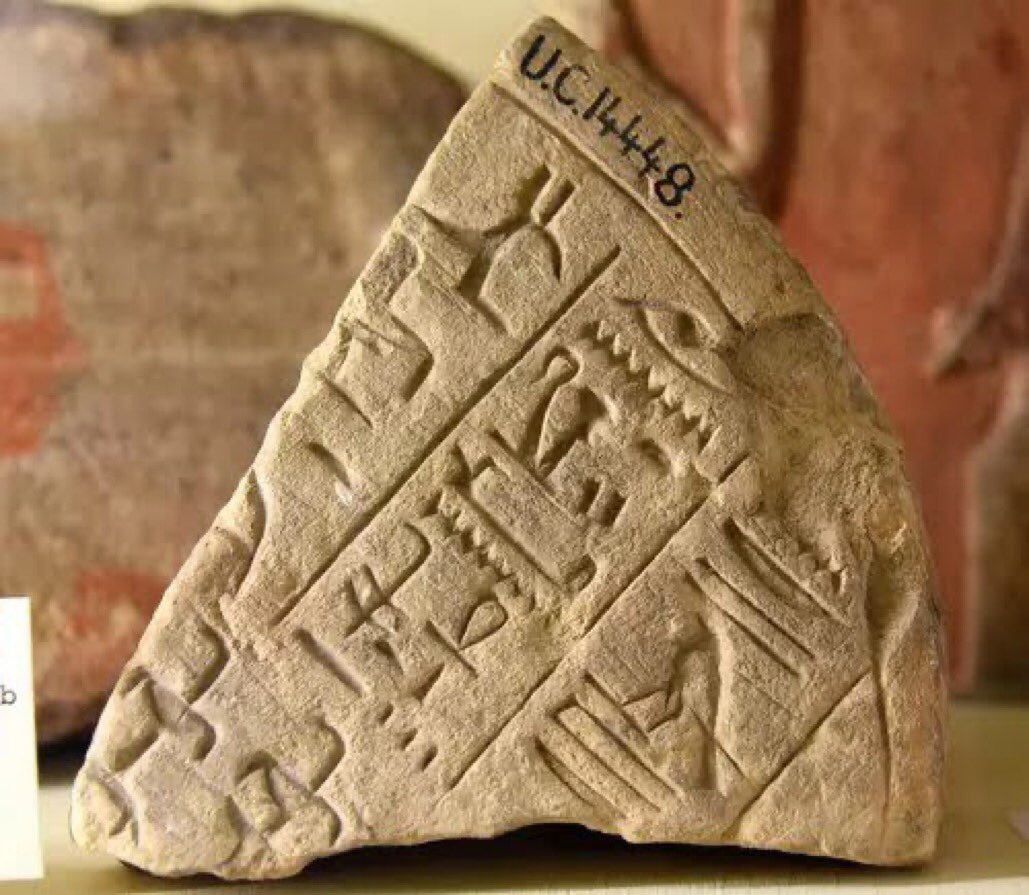
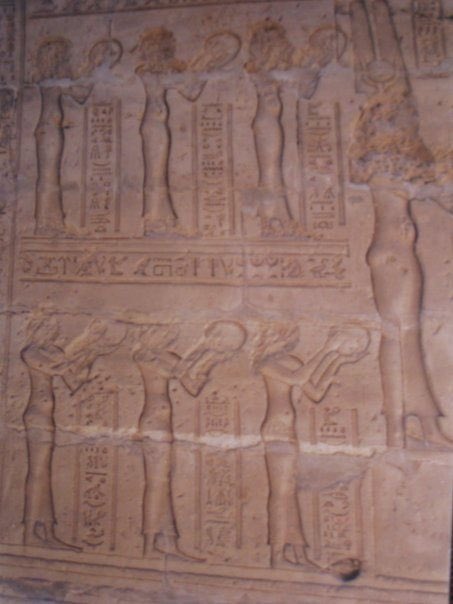

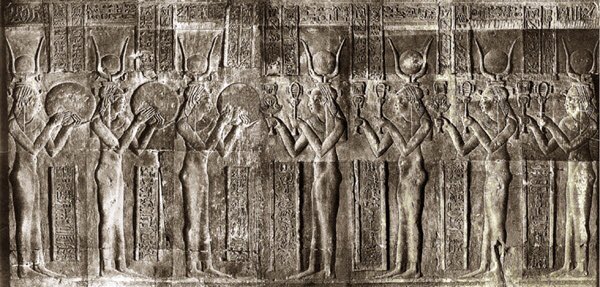 The soul was to live a life as good a as it could in the body it had been given for a time, so when death came, it would transition to another realm where, if one was deemed good by the gods, one would live eternally in a paradise known as The Field of Reeds.
The soul was to live a life as good a as it could in the body it had been given for a time, so when death came, it would transition to another realm where, if one was deemed good by the gods, one would live eternally in a paradise known as The Field of Reeds. 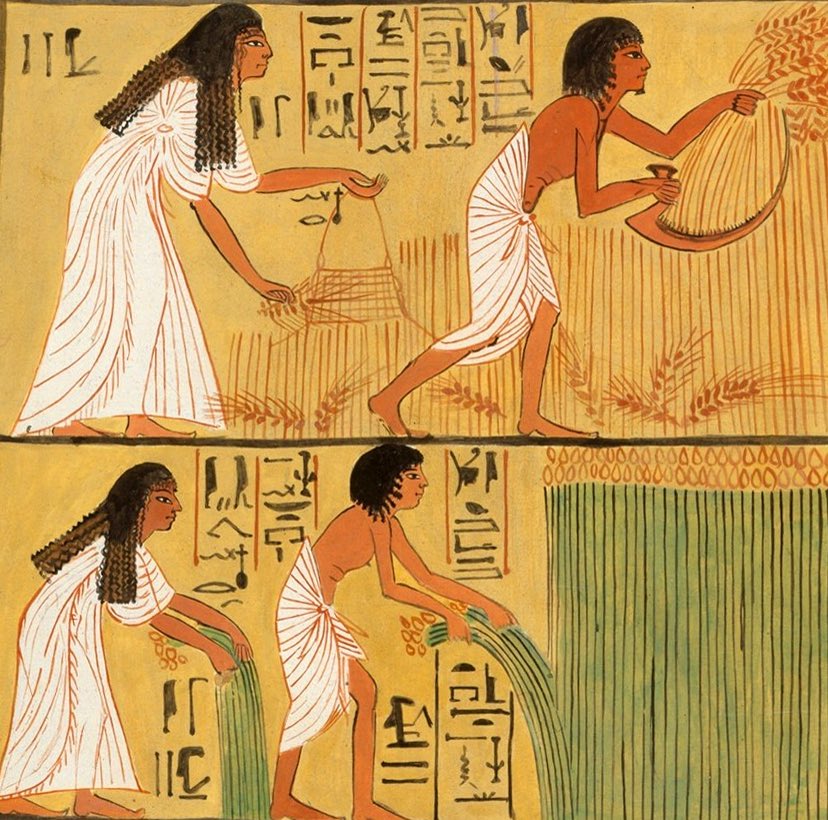





 The Egyptian artist had 6 main colors in the palette: green, red, blue, yellow, white and black. They were usually obtained from mineral compounds, and prepared with a mixture of pigments acquired by grinding colored earth with the addition of water, rubber latex and egg white.
The Egyptian artist had 6 main colors in the palette: green, red, blue, yellow, white and black. They were usually obtained from mineral compounds, and prepared with a mixture of pigments acquired by grinding colored earth with the addition of water, rubber latex and egg white. 

 The day was divided into 24 hours: 12 hours of day and 12 hours of night (based on the movement of stars “decans”). Beginning in the New Kingdom (1500 B.C.), there is evidence that sundials, shadow clocks, and water clocks were used to measure the passing of hours.
The day was divided into 24 hours: 12 hours of day and 12 hours of night (based on the movement of stars “decans”). Beginning in the New Kingdom (1500 B.C.), there is evidence that sundials, shadow clocks, and water clocks were used to measure the passing of hours. 




 The Mesdemet, dark grey or black was made of lead, or specifically galena. Was used by men and women, and proved to be a disinfectant, it also protected the eyes from the sun, and kept flies and bugs away.
The Mesdemet, dark grey or black was made of lead, or specifically galena. Was used by men and women, and proved to be a disinfectant, it also protected the eyes from the sun, and kept flies and bugs away. 


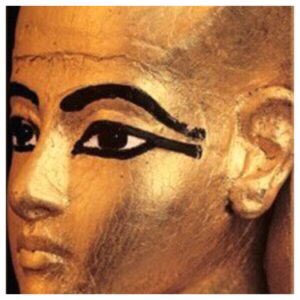


 Thoth had many origin stories in the Egyptian mythology, with the older lore mentioning how Thoth was either born from the lip of Ra or was ‘self-born’, as an ibis, which lays the cosmic egg that holds all of the creation.
Thoth had many origin stories in the Egyptian mythology, with the older lore mentioning how Thoth was either born from the lip of Ra or was ‘self-born’, as an ibis, which lays the cosmic egg that holds all of the creation. 